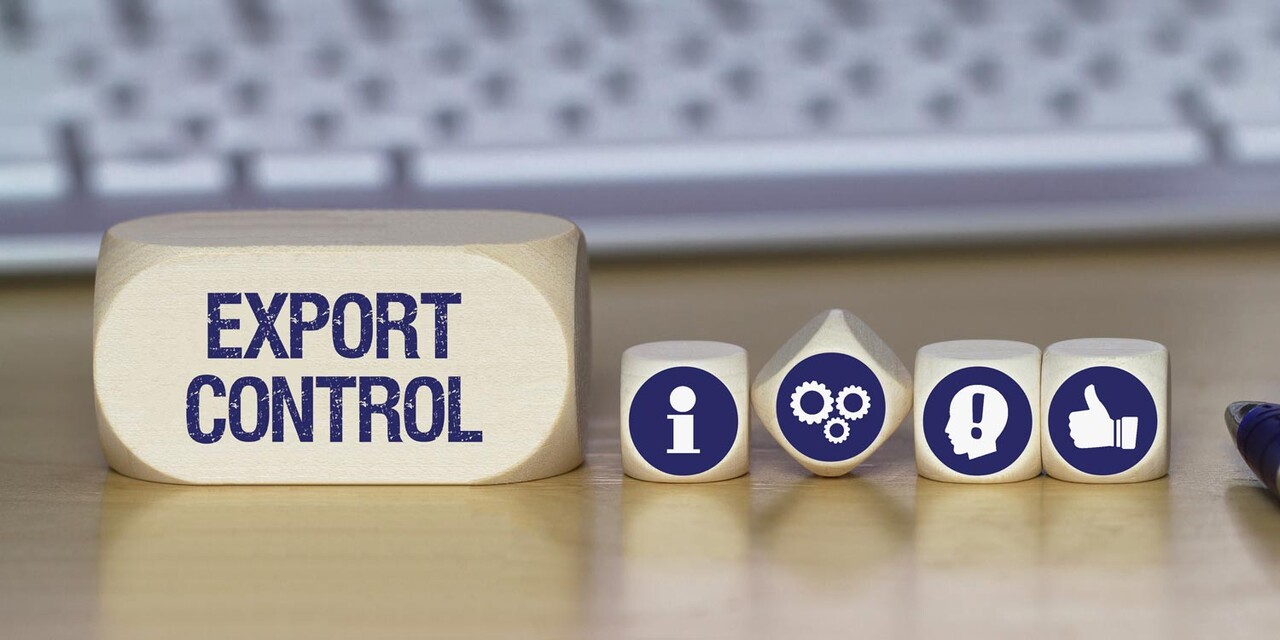
Reform of the EU dual-use regulation: Overview of key changes
Good things take time. Reforming the EU Dual-Use Regulation took nearly 5 years. The final revised version is now available and takes effect September 9, 2021.

Good things take time. Reforming the EU Dual-Use Regulation took nearly 5 years. The final revised version is now available and takes effect September 9, 2021.
On May 10, 2021, the European Council adopted the recast Dual-Use Regulation in the version of April 21, 2021. The European Parliament and Council signed the adopted regulation and published it in the Official Journal of the European Union on June 11. The reformed Dual-Use Regulation will now enter into force 90 days from that date.
João Leão, Portuguese Minister of Finance and President of the Council, is quoted in the May 10 press release on the reformed Dual-Use Regulation:
“We welcome the new EU rules on exports of dual-use items that give human rights the prominence they deserve. Strong controls will allow us to prevent human rights violations and abuses while keeping up with the latest technological developments.”
Before we dive into the key provisions of the amended Dual-Use Regulation, it’s worth looking back on the long road that led here.
Ultimately, the discussions resulted in a rejection of both the EU-specific control list and the originally proposed catch-all language relating to human rights violations.
As all this unfolded, the legislative process for amending the Dual-Use Regulation went on for nearly five years. The new Dual-Use Regulation takes effect on September 9, 2021.
The focus of the new regulation is the introduction of a human rights–related catch-all provision whose scope is limited to cyber-surveillance items. So the original ideas of the dual-use reform were included in the new Dual-Use Regulation, but the scope of the intended controls was greatly restricted.
In practice, implementing the requirements of the reformed Dual-Use Regulation means reconciling the previously applicable EU regulations of EC Dual-Use Regulation 428/2009 with those of the new Dual-Use Regulation. For that reason, we’ll look here not only at the main changes but also at what remains unchanged.
This catch-all extends the sphere of the reformed Dual-Use Regulation, as originally sought, to the control of human rights violations. Limiting the scope of goods to cyber-surveillance items makes the applicability more precise, as business representatives requested, and ensures clear legal guidelines for implementation.
Technical assistance is regulated at the EU level for the first time. Art. 8 requires authorization for the provision of technical assistance related to dual-use items listed in Annex I if “the items in question are or may be intended, in their entirety or in part, for any of the uses referred to in Article 4(1).”Art. 4(1) regulates the use in connection with chemical, biological, or nuclear weapons and missiles capable of delivering such weapons.
In addition to these EU-wide provisions, businesses must still adhere to the licensing and authorization requirements applicable in each of the EU member states. In Germany, for example, this includes the rules governing technical support set forth in Sections 49 ff. of the Foreign Trade and Payments Ordinance (AWV).
AEB's Risk Assessment enables everyone in your organization to quickly and easily contribute to export controls and enhanced security for your business transactions. The solution provides digital checklists and questionnaires and delivers transparency for your compliance team.
The language of Art. 10 of the new Dual-Use Regulation is interesting in that it gives each EU member state the option to make use of the national control lists of other member states. The idea is to ensure a rapid response to the growing need to regulate emerging technologies. Before, it was necessary to either include a separate list item in the national dual-use control list (e.g. in Germany: Part 1, Section B of the Ausfuhrliste) or wait until an international listing emerged from the export control regimes. Now, it’s possible to utilize the existing national listings of other member states.
When the reformed Dual-Use Regulation takes effect, all EU-based businesses will have two new General Export Authorizations available. EU007 covers intra-group technology transfer for a specific group of countries. EU008 is available for a variety of countries for the export of certain encryption items (Annex I, Category 5, Part 2 of the EC Dual-Use Regulation). The General Export Authorizations EU001–EU006 also remain in place.
The reformed Dual-Use Regulation also seeks to establish a uniformly applied EU-wide export control system, with regulations in various places aimed at achieving closer cooperation between the licensing authorities in the EU member states. Art. 24, for example, provides the legal basis for setting up a Coordination Group made up of representatives of the various EU member states. The Coordination Group discusses and examines issues from the individual member states that arise in connection with the application of the Dual-Use Regulation.
The AEB software Export Controls automates the process of checking your export control classified goods for latest national and international bans and restrictions – securely and efficiently.